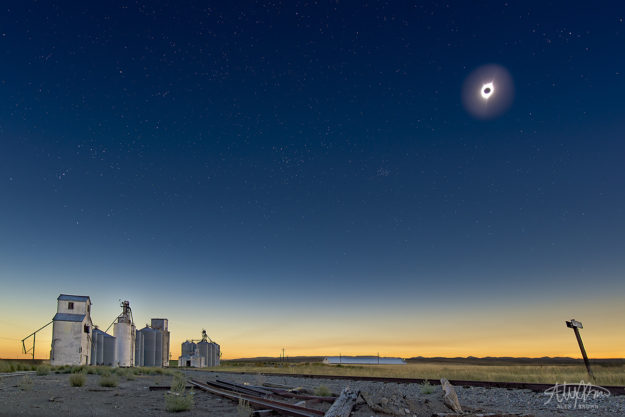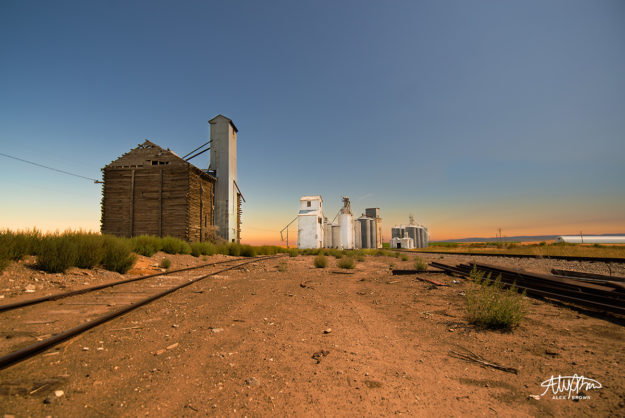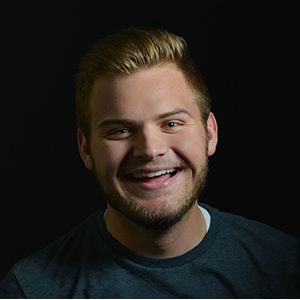My favorite shots during totality of the total solar eclipse over Rexburg, ID
On August 21, 2017, a rare phenomenon happened from the coast of Oregon to the coast of South Carolina: the total solar eclipse.
Throughout history, light has been seen as symbolic for goodness. However, for a total of two minutes, darkness from the total solar eclipse was seen as a symbol for peace and goodness.
While attending BYU-Idaho, I have enjoyed living in the small college town of Rexburg, Idaho. When word started going around that the center of the total solar eclipse would occur over our town, I knew I had to be in Rexburg for the total solar eclipse. Living in the path of totality meant that the moon would cover 100% of the sun (an eclipse), and that I was going to get some great shots.
With this in mind, I was surprised to find how empty the location I chose to shot at (Webster Flats) compared to all the people who had come to Rexburg. I knew I wanted to shoot the eclipse here because it’s iconic to the area and it’s one of Rexburg’s best kept shooting secrets. Plus, it has some awesome foreground elements and would give me a nice and open landscape.
While most were getting their eclipse glasses and solar filters for their telephoto lenses, I wanted to take a complete different approach when shooting the total solar eclipse. Instead of getting an up close shot, I wanted to get a shot that showed the landscape and the environment under the total solar eclipse. Here’s my favorite shot that I got of the total solar eclipse:
When shooting the solar eclipse, I was told I need to wear solar eclipse glasses and have a solar filter (ND filter that is a minimum of 16 stops) for your camera lens to prevent it from melting. During totality,
Both of these are true, but only in certain situations: You only wear solar eclipse glasses to look at the sun when it is not in totality; You only need a solar filter if you have a telephoto lens and plan to photograph the entire stages. During totality, it is safe to photograph the corona without a filter (you are actually supposed to take it off) and you can look at the sun with the naked eye.
During the solar eclipse itself, I was able to hear everyone from Rexburg (about 5-7 miles in town) cheer and hollar. Towards the end of totality, I captured this shot which shows the ground looking almost mars red. The coolest thing is how the sunset gradient remained in the sky while the foreground and the buildings were still spotlighted by the sun… natural light painting!
To see more of my solar eclipse photos and videos of the amazing 360º sunset, check it out on my instagram at http://www.instagram.com/calexbrown. I have posted a video that shows the 360º sunset in addition to a time-lapse that shows the light falling on the building.
For more information on the science behind a total solar eclipse, visit TimeAndDate.com. Also, check out awesome pictures of solar eclipse from National Geographic.


